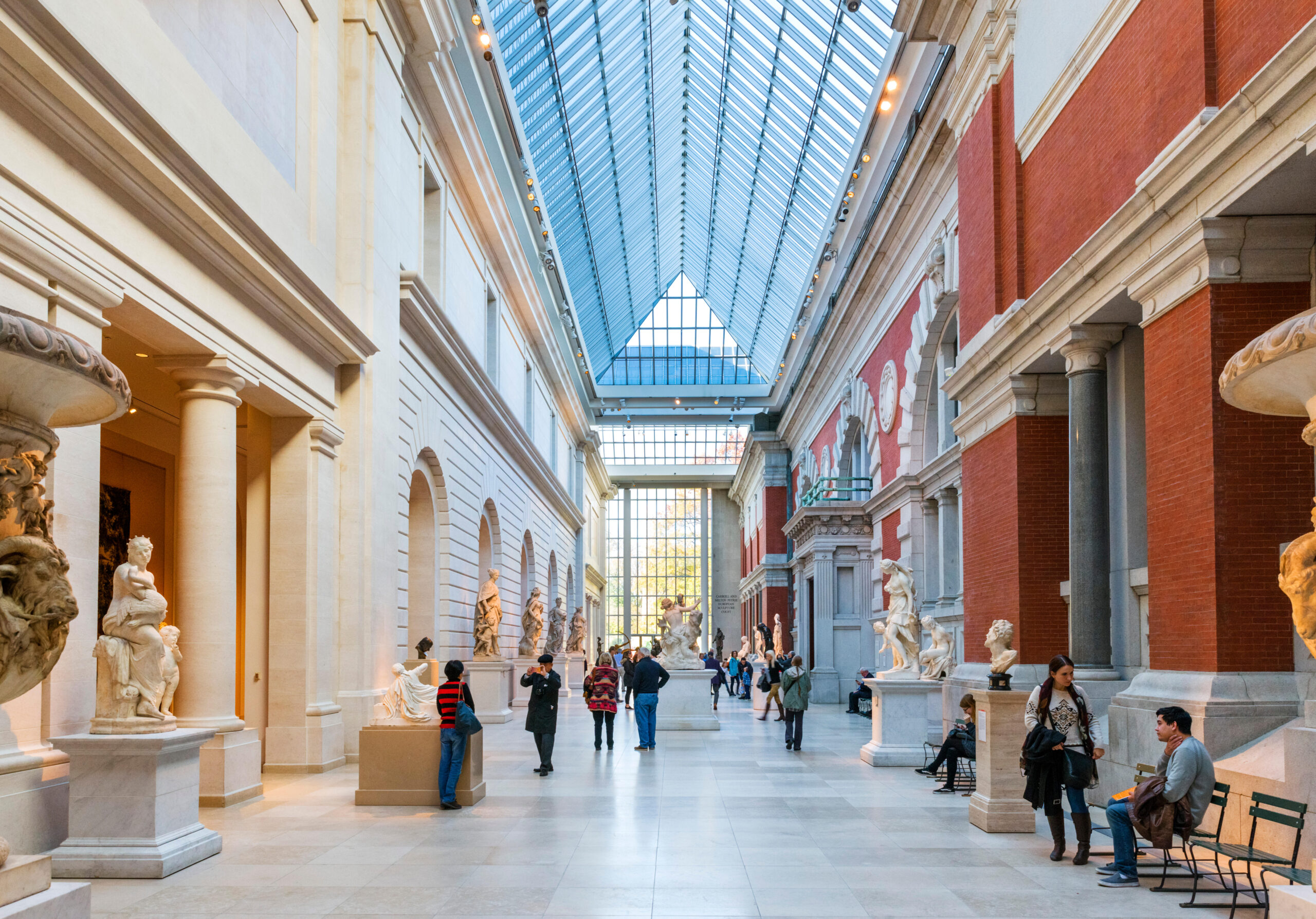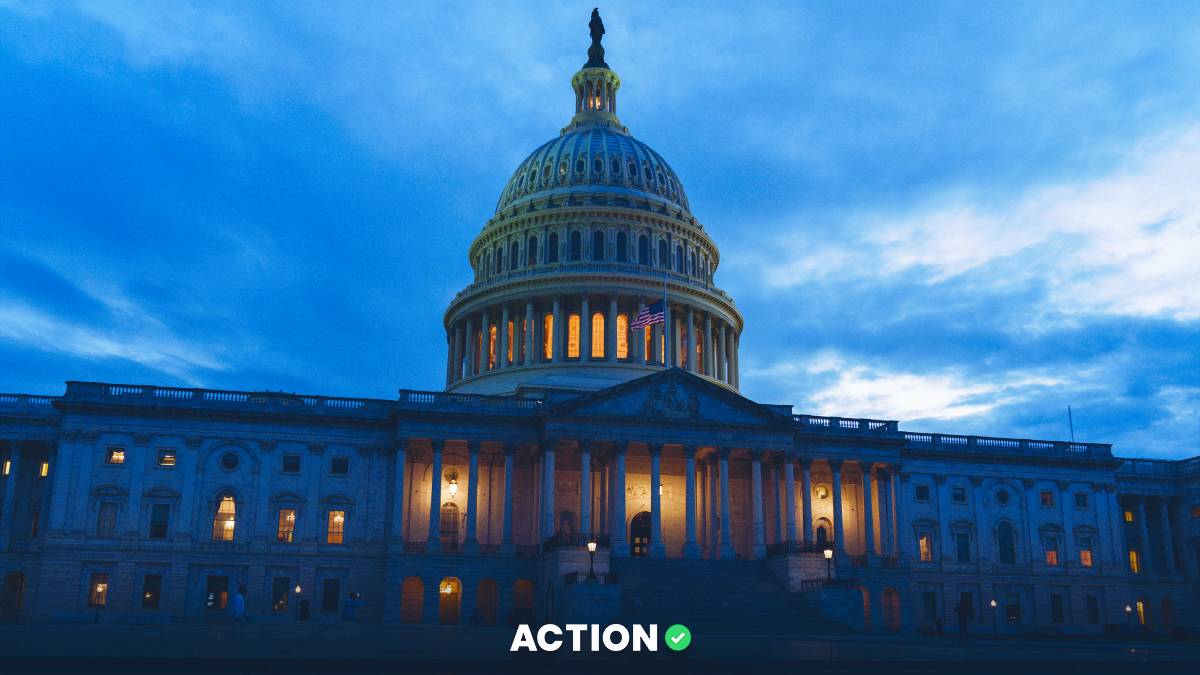If you’ve ever stood in front of a masterpiece and thought, “How does this not end up in a heist movie?”, you’re not alone.
Recent thefts in Europe, including a daring $95 million jewel heist at the Louvre, reignited interest in museum security, access, and temptation. The episode highlighted a truth every curator knows: even the world’s most guarded museums have blind spots.
So, which U.S. museums might look the most “stealable,” at least on paper?
To find out, Action Network analyzed 26 of the nation’s most-visited museums, weighing four measurable factors: annual visitor volume, local property-crime rate, the estimated value of each museum’s most prized piece, and total weekly public-access hours.
The study estimates each museum’s implied probability of a heist, showing how visibility, value, and public access combine into a theoretical “heist appeal.” It reflects exposure, not vulnerability. To be clear: we’re not predicting theft. We’re measuring where culture meets risk.
Think of it like odds-making for art. The same way casino games with the best odds reveal statistical risk and reward, this index shows how visibility and value interact to raise a museum’s “heist appeal.”
Key Findings
- The Met (#1) is the most “heist-exposed.” With 5.7 million visitors, a $45 million centerpiece, and 48 public hours a week, it’s the most tempting on paper.
- The National Gallery of Art (#2) and MoMA (#3) are close behind, where accessibility and prestige drive exposure in D.C. and New York.
- The Getty Center (#4) and the Art Institute of Chicago (#5) pair famous collections with high public visibility.
- Museum of Fine Arts, Boston (#6) and LACMA (#7) land mid-table with similar profiles: steady foot traffic, urban settings, and nine-figure holdings.
- Natural history players like the American Museum of Natural History (#8) show that fossils and gems can still rival fine art for “temptation.”
- The Guggenheim (#9) and the Detroit Institute of Arts (#10) round out the list: one an architectural icon, the other a masterpiece vault in a high-risk city.
The Top 10 Museums Most Vulnerable to a Heist (2025)
Each score reflects visibility and cultural magnetism, not real-world vulnerability.
1. The Metropolitan Museum of Art, New York, NY
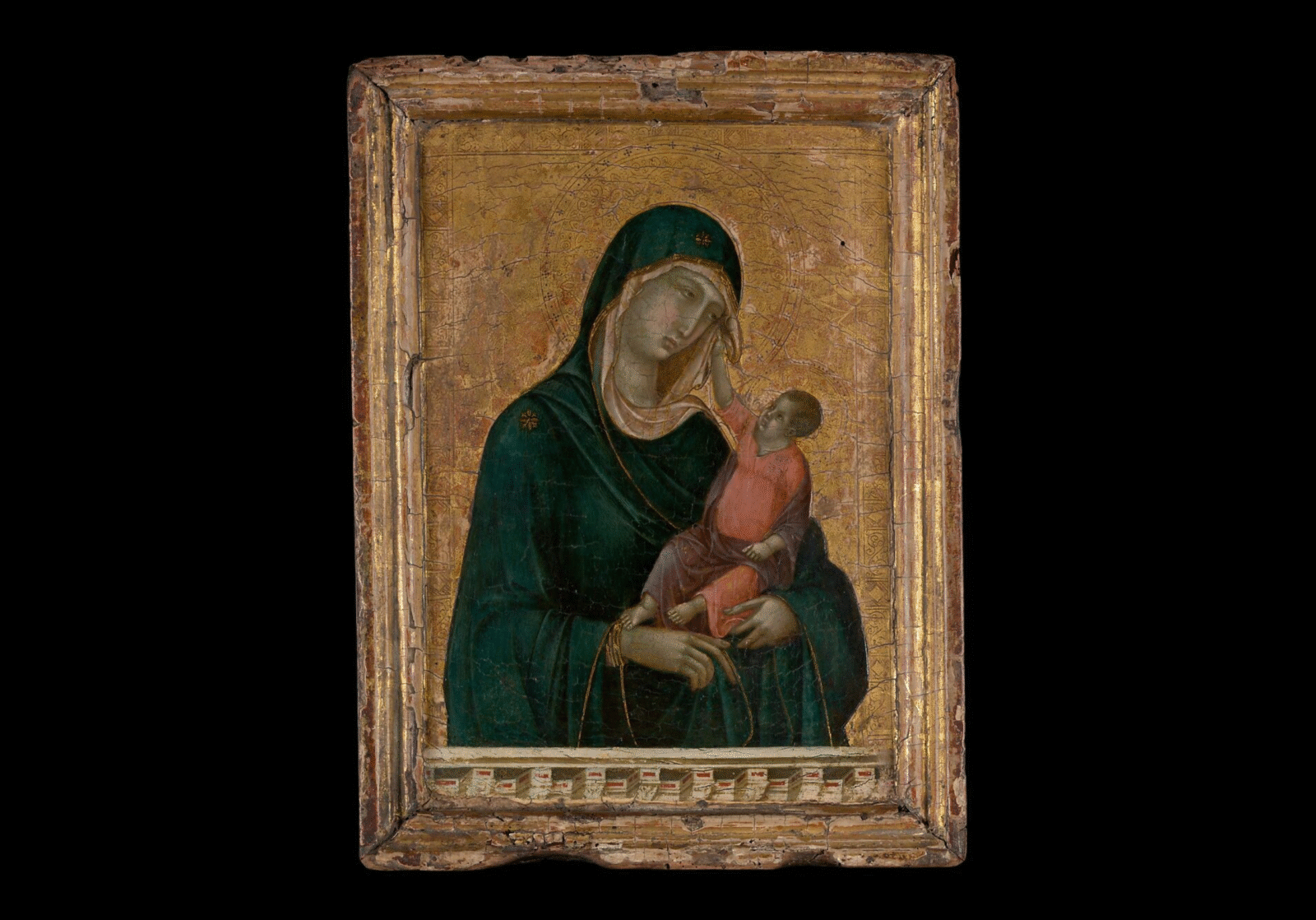
A city within a city. Nearly six million people flow through its galleries every year, and that constant motion, plus rooms of Old Masters and wide-open floor plans, makes the Met the most “seen” collection in America.
Implied Probability of a Heist: 4.4% (1 in 23)
- Visitors: 5.7M
- Crime Rate: 24 per 1K
- Top Work: Madonna and Child (Duccio, ~$45M)
- Public Hours: 48 per week
2. National Gallery of Art, Washington, D.C.
Free admission, a federal address, and a genuine Leonardo on the wall. Put prestige next to steady crowds and easy access, and you get a strong runner-up.
Implied Probability of a Heist: 4.2% (1 in 24)
- Visitors: 4.4M
- Crime Rate: 67 per 1K
- Top Work: Ginevra de’ Benci (Leonardo da Vinci, ~$400M)
- Public Hours: 56 per week
3. Museum of Modern Art (MoMA), New York, NY
Midtown crush meets blue-chip modernism. If you’ve ever walked past a Picasso at lunch hour, you know how visible this place is, wall to wall.
Implied Probability of a Heist: 4.1% (1 in 25)
- Visitors: 2.66M
- Crime Rate: 39.7 per 1K
- Top Work: Picasso / Monet / Matisse (~$250M)
- Public Hours: 56 per week
4. Getty Center, Los Angeles, CA
A hilltop postcard with galleries. Open vistas, bright courtyards, and art that draws camera phones nonstop, all under movie-worthy security.
Implied Probability of a Heist: 3.9% (1 in 26)
- Visitors: 989K
- Crime Rate: 34 per 1K
- Top Work: Titian’s Venus and Adonis (~$150M)
- Public Hours: 42 per week
5. Art Institute of Chicago, Chicago, IL
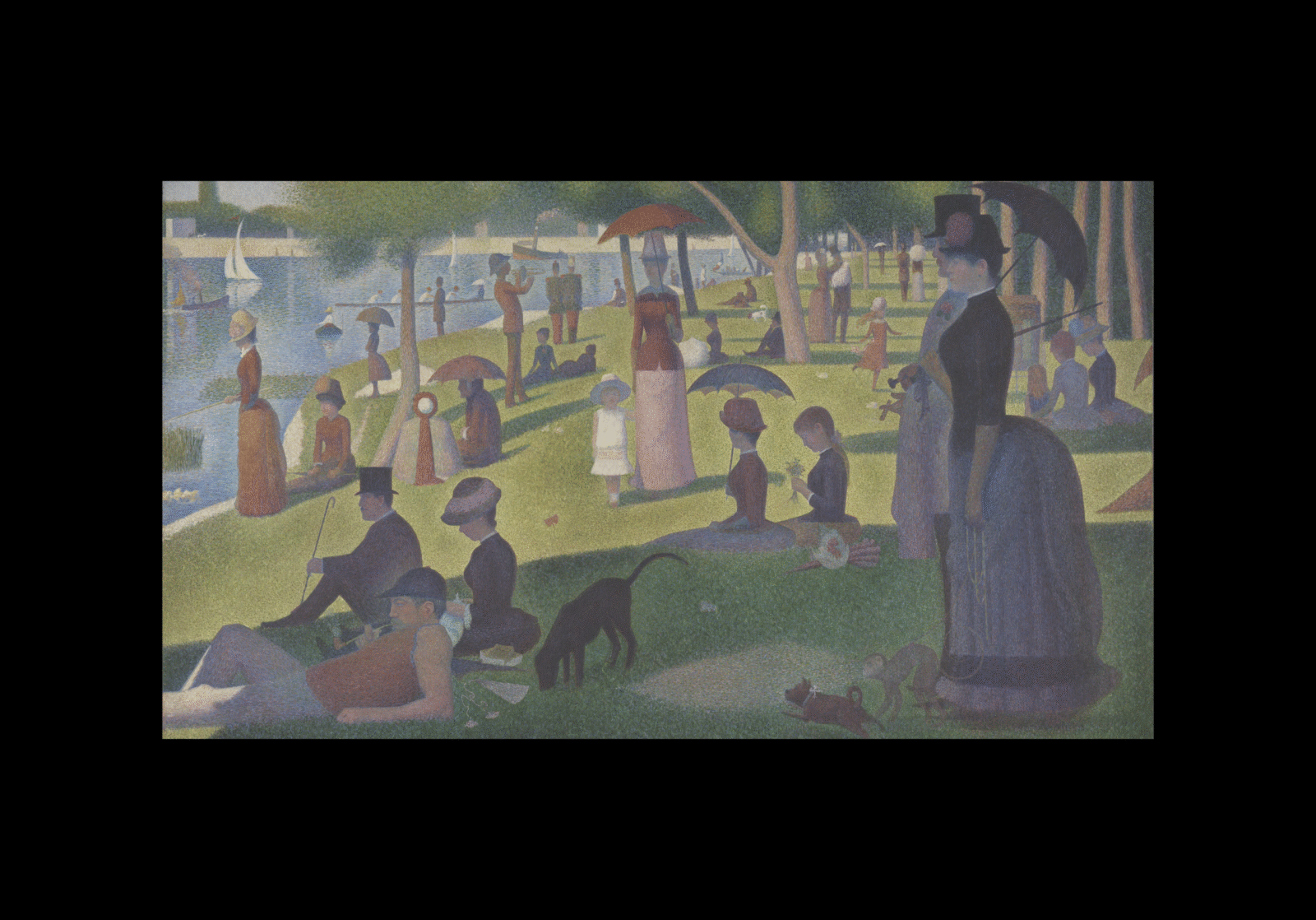
Downtown buzz outside, icons inside. From La Grande Jatte to Nighthawks, the hits come fast, and fame plus density keeps it in the top five.
Implied Probability of a Heist: 3.8% (1 in 27)
- Visitors: 1.3M
- Crime Rate: 140 per 1K
- Top Works: Seurat & Hopper (~$200M)
- Public Hours: 45 per week
6. Museum of Fine Arts Boston, Boston, MA
Quiet confidence with incredible value. Deep Impressionist and Asian holdings give this place one of the tightest “value densities” on the East Coast.
Implied Probability of a Heist: 3.6% (1 in 28)
- Visitors: 849K
- Crime Rate: 31.1 per 1K
- Top Work: Monet’s Water Lilies (~$120M)
- Public Hours: 52 per week
7. Los Angeles County Museum of Art (LACMA), Los Angeles, CA
An evolving campus with art from antiquity to today. Open spaces, steady attendance, and marquee names keep exposure high throughout the rebuild.
Implied Probability of a Heist: 3.5% (1 in 29)
- Visitors: 902K
- Crime Rate: 54 per 1K
- Top Work: Picasso / Rivera (~$250M)
- Public Hours: 45 per week
8. American Museum of Natural History, New York, NY
Five million visitors, a sapphire the size of a legend, and dinosaurs that stop you in your tracks. Valuable isn’t just canvases and oil paint.
Implied Probability of a Heist: 3.3% (1 in 30)
- Visitors: 5.0M
- Crime Rate: 21 per 1K
- Top Work: Star of India Sapphire (~$100M)
- Public Hours: 49 per week
9. Solomon R. Guggenheim Museum, New York, NY
That spiral puts everything on stage. You can’t hide in a ramped gallery, and with Wright’s design, you wouldn’t want to.
Implied Probability of a Heist: 3.2% (1 in 31)
- Visitors: 861K
- Crime Rate: 23 per 1K
- Top Work: Picasso / Kandinsky (~$200M)
- Public Hours: 40 per week
10. Detroit Institute of Arts, Detroit, MI
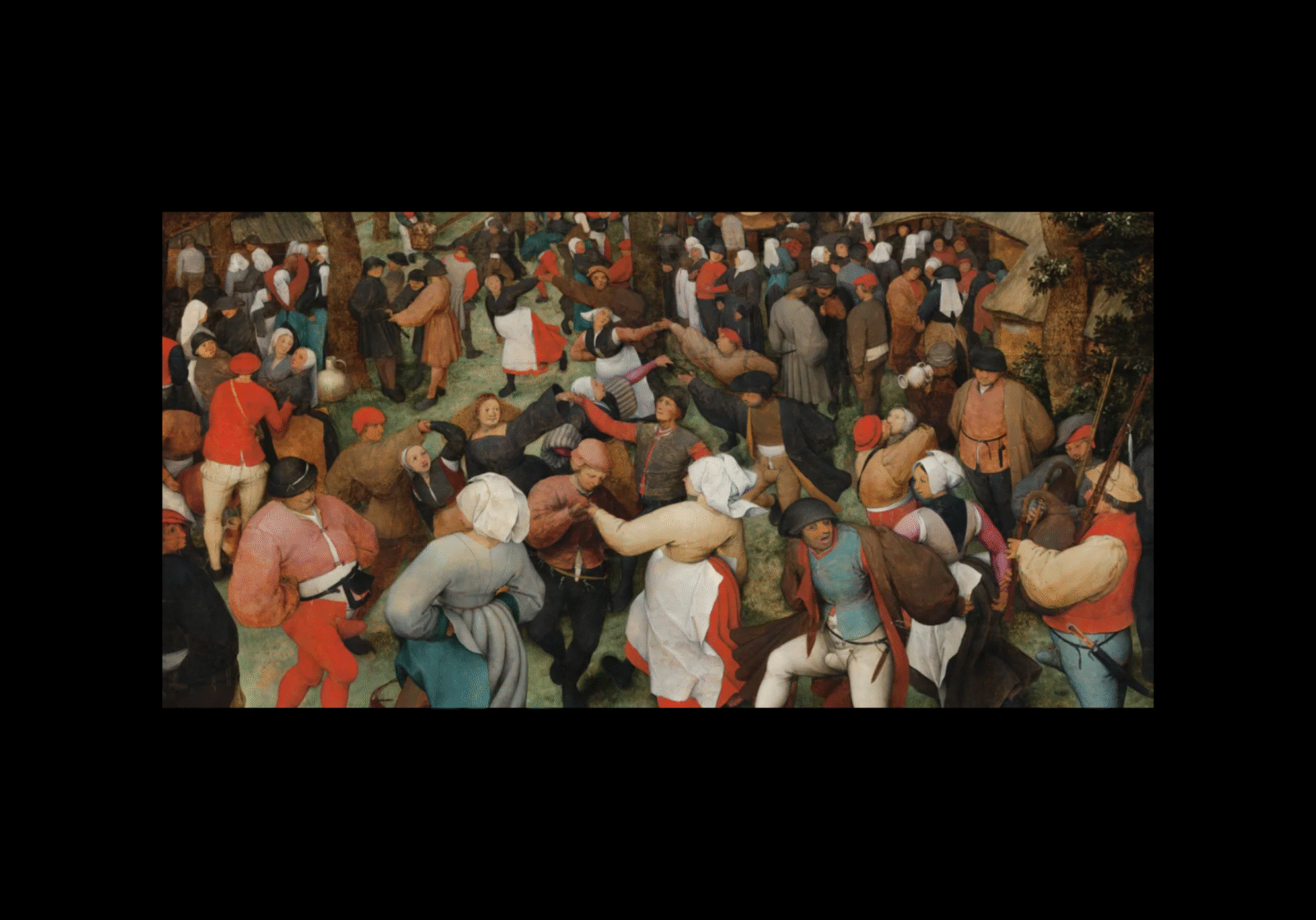
A heavyweight collection in a city known for risk. Van Gogh and Bruegel anchor the galleries, and the numbers keep DIA in the national top ten.
Implied Probability of a Heist: 3.1% (1 in 33)
- Visitors: 600K
- Crime Rate: 87 per 1K
- Top Work: Van Gogh / Bruegel (~$200M)
- Public Hours: 42 per week
Notable Mentions
- National Museum of Natural History (Washington, D.C.). The Hope Diamond alone would move any ranking. With 4.4M visitors and open hours to match, it sits just outside the top 10.
- Philadelphia Museum of Art (PA). Roughly 1.1M annual visitors and $150M in top works keep it the Mid-Atlantic’s most visible collection.
- Whitney Museum of American Art (NYC). A contemporary focus usually means larger, less portable works, but the downtown setting and steady crowds keep exposure high.
- The Frick Collection (NYC). A compact mansion packed with Vermeers and Rembrandts worth an estimated $200M. Small footprint, big value density.
- The Broad (Los Angeles). Glass-walled and endlessly photographed. Koons’ Balloon Dog (Blue) (~$110M) adds to its statistical “temptation.”
What the Data Shows
- Big-city pull dominates. New York, D.C., L.A., and Chicago account for eight of the top ten museums with the highest implied probability of a heist.
- Visibility is the driver. Foot traffic and open hours shape exposure more than local crime rates.
- Value concentration matters. Smaller museums with a few highly valuable works can rival much larger institutions in theoretical appeal.
- Access is a paradox. The more open and welcoming a museum is, the higher its implied probability appears on paper.
“Exposure, not vulnerability, defines modern heist risk,” says an Action Network cultural data analyst. “The more a collection is seen, loved, and accessible, the greater its theoretical appeal, that is the trade-off of public art.”
Methodology
Each museum’s implied probability of a heist was calculated using four weighted variables:
- Visitor Volume (30%), annual attendance
- Local Property Crime (25%), theft rate in the surrounding ZIP code
- Most Valuable Item (30%), estimated market value of the museum’s most prized work
- Public Access (15%), total weekly open hours
All data were normalized to a 0-100 scale and combined to create each museum’s Relative Target Risk (%). This is a comparative measure of theoretical heist appeal, not an estimate of real-world theft likelihood.
The approach was inspired by the modeling logic used in BetMGM’s odds and risk analysis, turning cultural and environmental data into readable, comparative probabilities. You can learn more about BetMGM and the BetMGM bonus code by reading our review!
Sources (2023-2025): The Art Newspaper, official museum reports, CrimeGrade.org, FBI Crime Data Explorer, the Art Loss Register, INTERPOL Works of Art Database, U.S. DOJ restitution releases, and museum websites.
Full Dataset: See the complete Museum Heist Index 2025 research and data here: View the full dataset.


